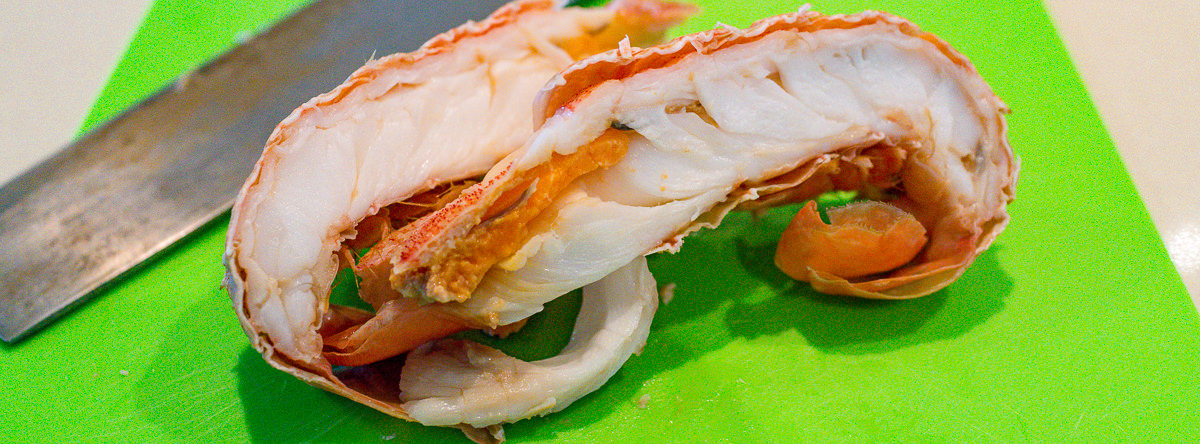This year I turned 50. In Australia we’re blessed to have a national bowel carcinoma screening program which is administered by the Australian Government Department of Health. Now I should declare I work in the Office of Health Protection in the Australian Government Department of Health. I’m not in the Population Health Division but I do have friends who work in the Bowel Screening Section. Anyway I got a birthday gift from the Australian Government.
I don’t believe my employment has any bearing on how I feel about screening for neoplastic disease. Like screening and testing for infectious (including communicable) diseases, trying to prevent people from developing a malignancy is a good thing.
In terms of bowel carcinoma I remember way back to medical school and working as an intern/house officer assisting in abdominal surgery with general and gastrointestinal surgeons. Often an operation would start as a laparotomy after some diagnostic imaging in conjunction with presenting signs and symptoms pointed to a possible neoplastic ætiology. During a laparotomy the large bowel would be inspected by gently feeling its entire length. The preoperative diagnostic imaging hopefully assisted with a general idea of where the lesion may exist. Laparotomies may be converted to a hemicolectomy if something was felt/found. Depending on the site, an abdominoperineal resection may be necessary. As you can imagine this is pretty full on. Recovering from this sort of surgery often results in catabolism with a lot of wasting. Handling the bowel also requires at least a few days before the bowel will work normally. These operations were major and had potentially poor outcomes. Generally the postoperative outcomes involve a colostomy and diet changes for the rest of the patient’s life. The major flexible light fibre scoping done at the time was performed by surgeons and was generally limited to sigmoidoscopy either rigid or flexible.
During my time as a student and postgraduate training, colonoscopy by gastroenterologists was rapidly developing. With a colonoscope the physician (gastroenterologists are physicians and not surgeons) can visualise lesions and collect a biopsy specimen. For polyps and small lesions, an anatomical pathologist is then required to determine whether the neoplastic lesion is malignant or not. Always remember, a pathologist is necessary for the final truth!
As much as colonoscopy is a great diagnostic tool, it’s relatively expensive as a screening technique. The nation cannot afford to pay for a colonoscopy for everyone when they reach 50 years and then repeat it every couple of years. A relatively cheap and accurate screening testing is needed. An ideal screening test can have false positive results but not false negative results. In Australia, the government has decided on a faecal occult blood test. This test looks for blood which isn’t readily visible in stool specimens (if you see blood in your stools you should see your medical practitioner immediately). It’s a two specimen screening test and very easy to use and understand. The government has worked with a private pathology practice to undertake the testing.
Why am I sharing this on a food blog? Well food and bowel health go hand in hand. I also wanted to share my experience. I’m also chuffed that our government looks after its citizens so well. This program can save your life. If you’re reading this and you’re not Australian, you can probably access a faecal occult blood test by seeing your general practitioner or family physician and getting a referral to the pathologist. The test kit may vary but the principle is the same. If you’re 50 or older it’s worth doing.

So this is the birthday gift I received from the Australian Government.



So the blue stick is for the first specimen. You get a biodegradable sheet to lay in the toilet bowl. After emptying your bladder you flush the toilet and then lay the sheet in the bowl. You then sit on the toilet seat and strain to stool. Before you wipe your anus free of Klingons (sorry I always need to make a Star Trek reference) you need to insert the tip of the collection stick into your faeces and drag it backwards and forwards until you have a piece of faeces about the size of a grain of rice on the tip. You then put the stick into the collection tube which is labelled and then placed into a transport tube. This then gets sent to the private pathology practice.

The red stick is for the second specimen. I had a little mishap with this one. My faeces was so solid and heavy that it pushed the biodegradable sheet into the water. I had to improvise with a container and collect my specimen from that.
I bet you’re thinking that I’m going to post a photograph of my faeces. Well surprise surprise…I didn’t shoot a photograph of my faeces.
The good thing about this birthday gift is that I get to send part of the gift back ![]()
So I’ll get back to you when I have a result. If it’s negative, I’ll get another test in a couple of years. If it’s positive I’ll need to arrange a colonoscopy. Fingers crossed.





